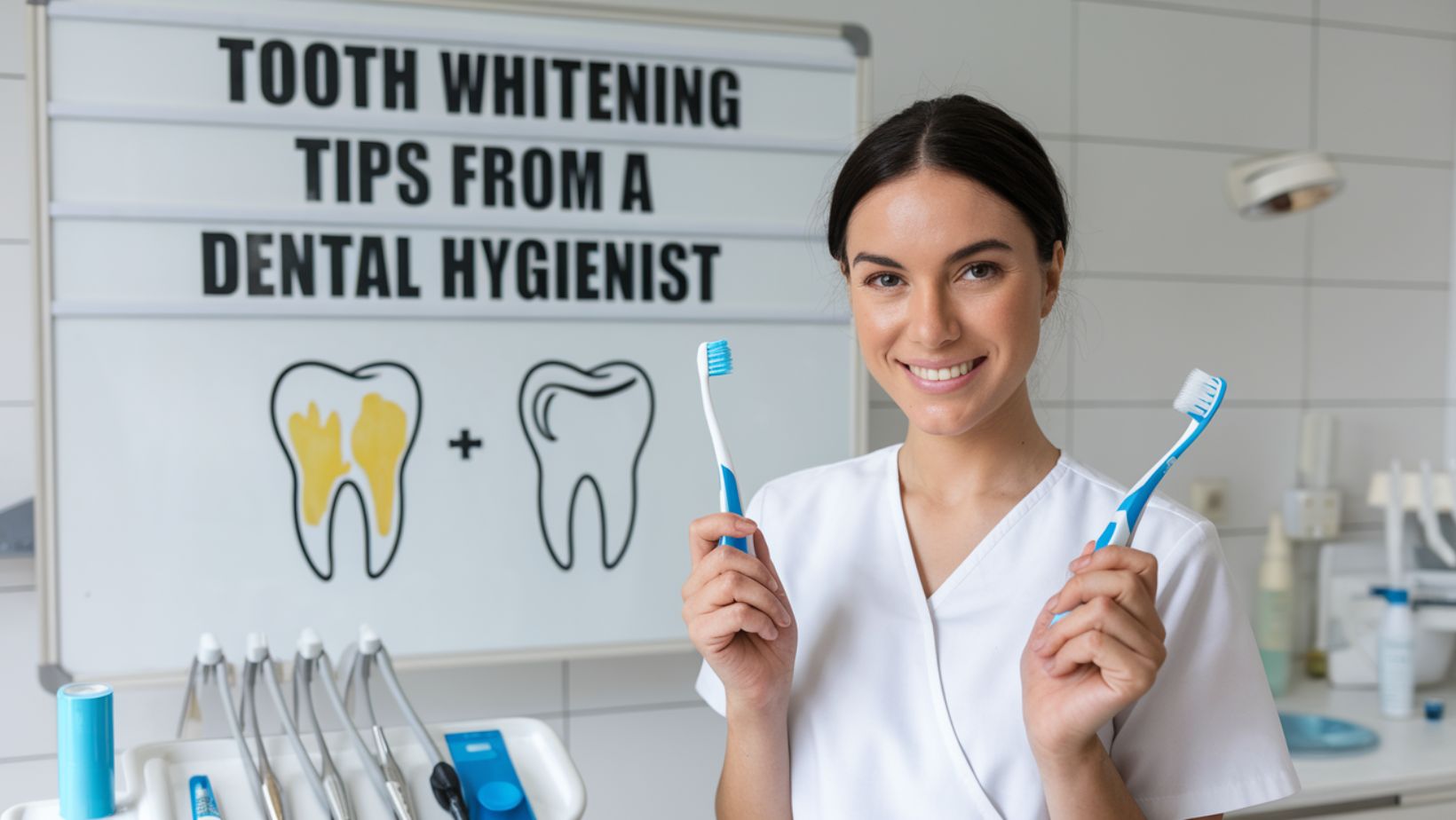Teeth whitening has become an increasingly popular trend, with many people seeking a brighter, more radiant smile. But before you jump on the bandwagon, it’s important to understand the proper steps and considerations for safely whitening your teeth. In this article, we’ll explore the key factors to keep in mind when pursuing a whiter smile, based on expert insights from a dental hygienist.
Not Everyone Is a Candidate for Teeth Whitening
The first step in teeth whitening is determining if you are a suitable candidate. According to the dental hygienist, you should avoid whitening treatments if you are pregnant, nursing, under 18 years old, undergoing chemotherapy or radiation, using photosensitive drugs, diagnosed with melanoma, or have certain dental conditions like cracked enamel or dentinogenesis imperfecta. “You may or may not be a candidate if you have anterior fillings and or veneers, internal staining such as tetracycline staining or fluorosis,” she notes. It’s crucial to consult with your dentist or dental hygienist before proceeding with any whitening treatment.
Time and Budget: Key Factors in Choosing a Whitening Method
Once you’ve established that you’re a candidate for teeth whitening, the next step is deciding how much time and money you’re willing to invest. Generally, the most expensive treatments offer quicker results, while more affordable options may take longer to achieve the desired whiteness. The dental hygienist outlines three main whitening options: whitening strips, custom trays, and in-office treatments. “The three whitening options that I’m about to discuss all will achieve the same result, however there are pros and cons to each option,” she explains.
Whitening Strips: Affordable and Flexible, but Watch Out for Slippage
Whitening strips are an affordable option that allows you to whiten at your own pace. They contain lower concentrations of peroxide, which means they may take longer to achieve results but are still effective. One potential drawback is that the strips can slip and get on your gums, especially if you produce a lot of saliva. “If you’re not careful sometimes they can slip and get on your gums and steam your gums especially if you were someone who produces a lot of saliva regularly,” the dental hygienist cautions.
Custom Trays: A Precise Fit for Reduced Sensitivity
Custom whitening trays are fabricated based on impressions of your teeth, ensuring a perfect fit. While they may be more expensive than strips, they are known to cause less sensitivity. “They are known to be the least reported in causing sensitivity generally because they fit your teeth perfectly and it’s less likely that the whitening product will touch your gums,” the hygienist explains. Custom trays also often use carbamide peroxide instead of hydrogen peroxide and may contain ingredients like potassium nitrate to help reduce tooth sensitivity.
In-Office Whitening: Fast Results, but Higher Cost and Sensitivity Risk
For those seeking the quickest whitening results, in-office treatments are the way to go. You can achieve your desired level of whiteness in just one or two dental appointments. However, this option is generally the most expensive and commonly causes the most sensitivity. “In office whitening solutions are much stronger than the at-home products because they work fast in addition they sometimes use heat light or a combination of the two to intensify your whitening process,” the hygienist notes.
No matter which whitening method you choose, it’s crucial to follow the directions carefully. Using the wrong concentration of peroxide or leaving the product on your teeth for too long can lead to adverse effects. “If you lose the directions from the product you are using do not and I repeat do not read someone else’s directions from another box,” the hygienist warns. Always consult with your dental provider to determine the best whitening option for your individual needs and oral health.
